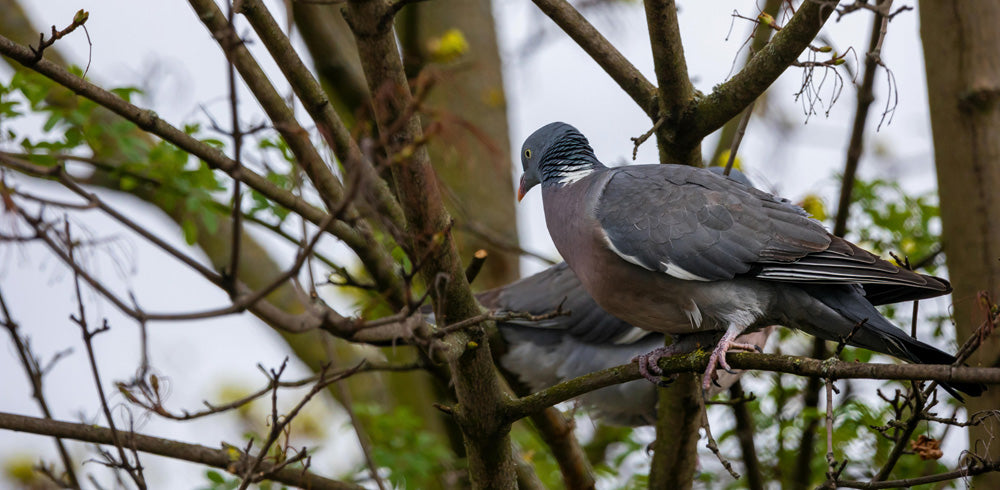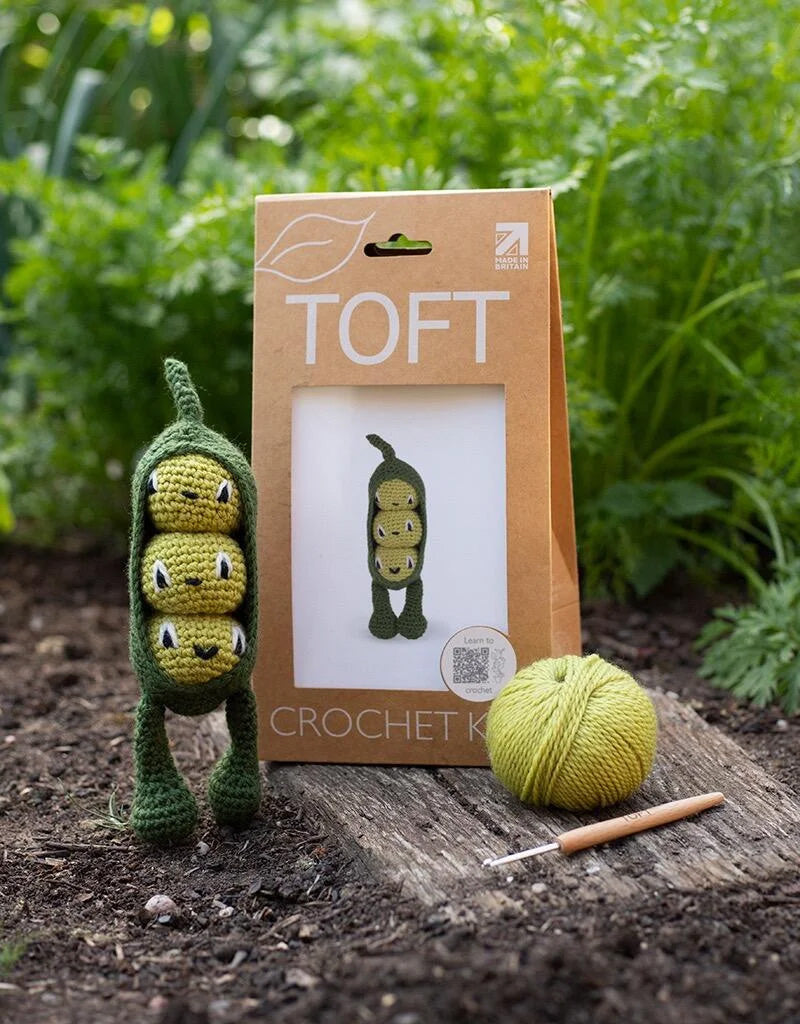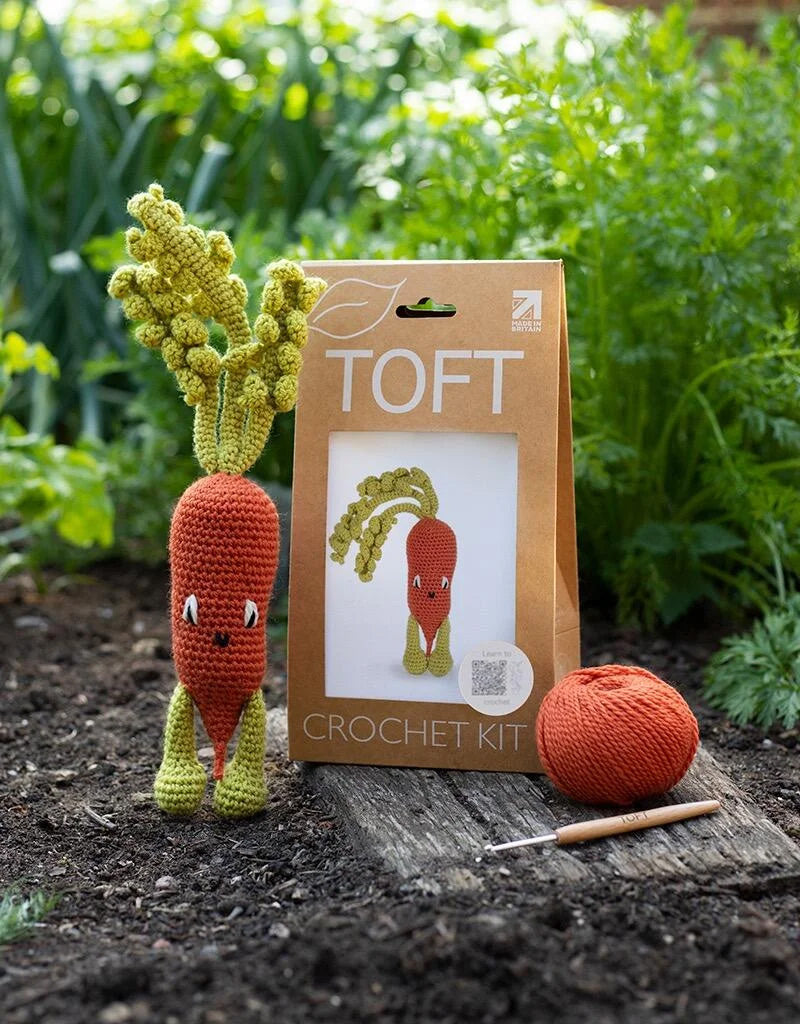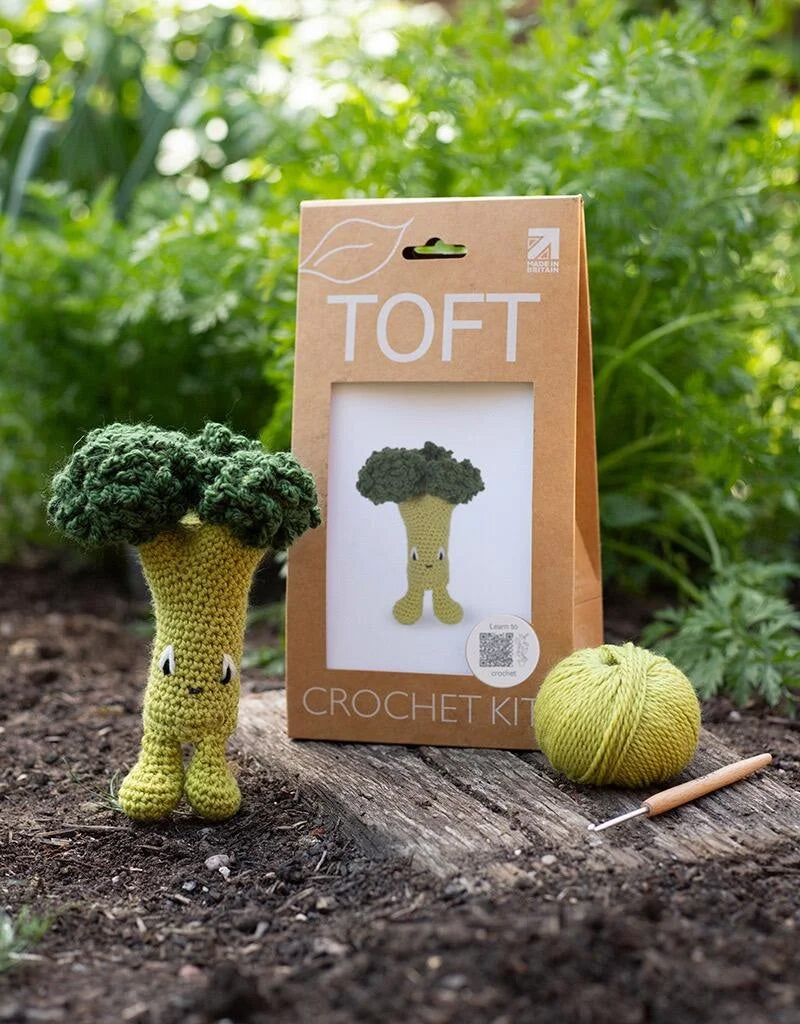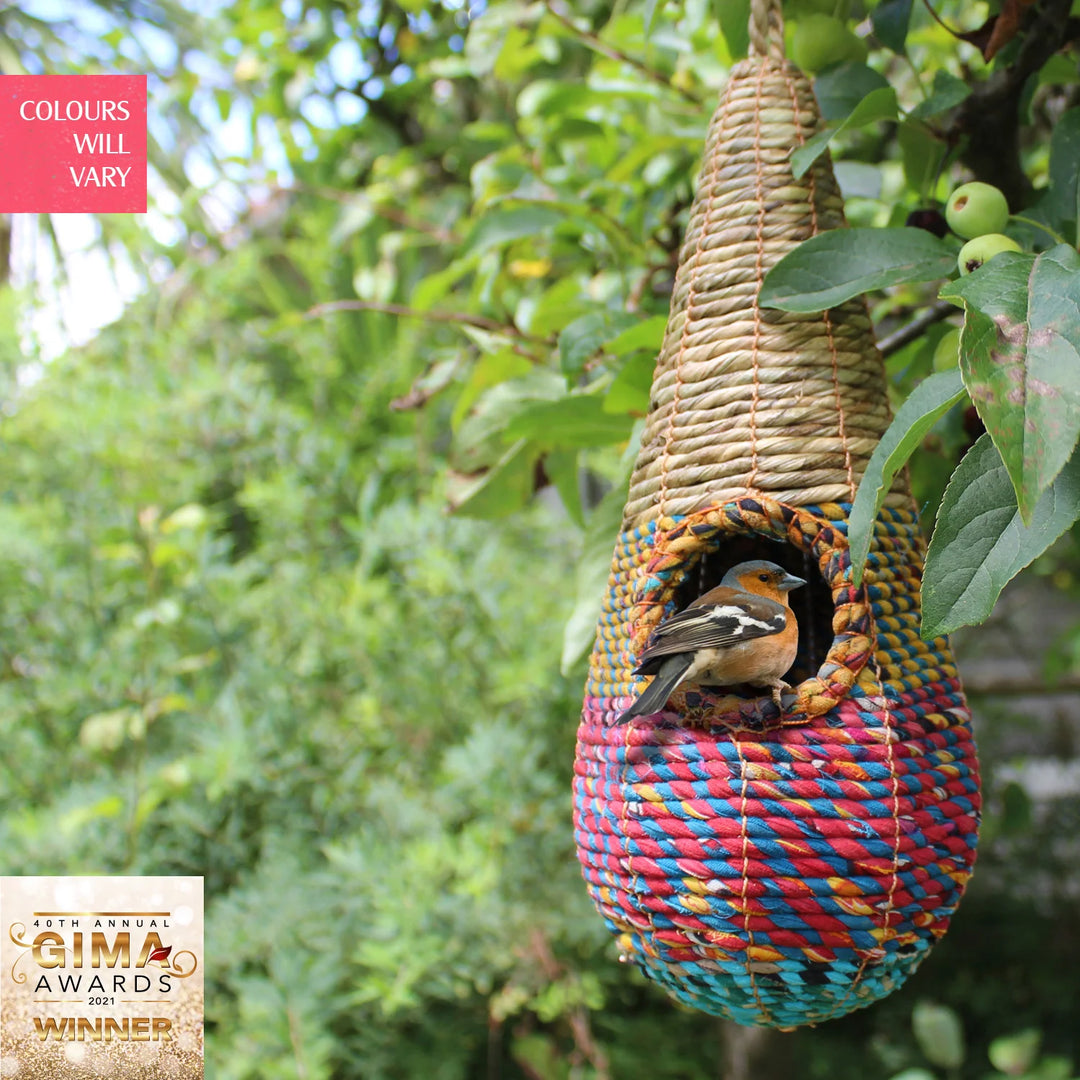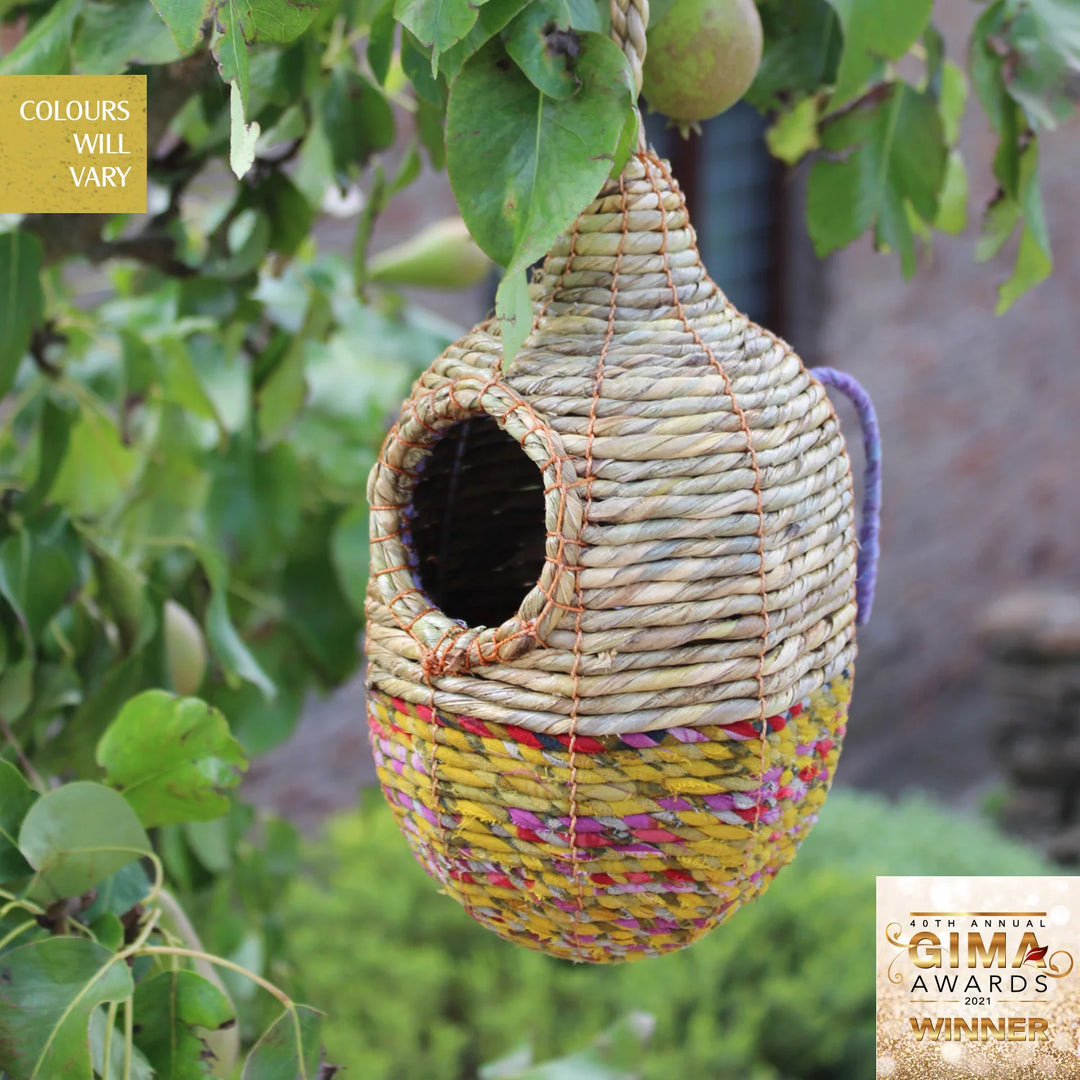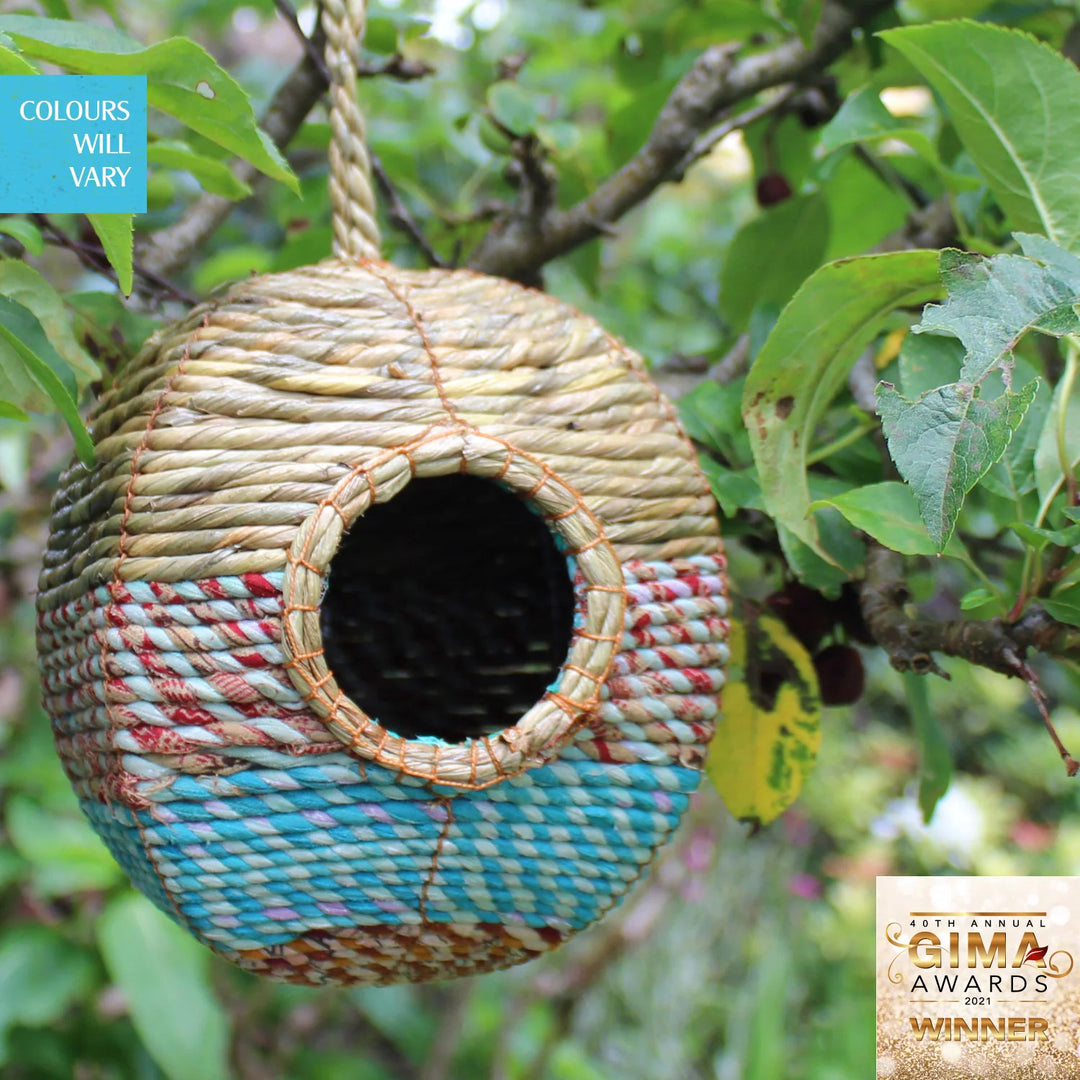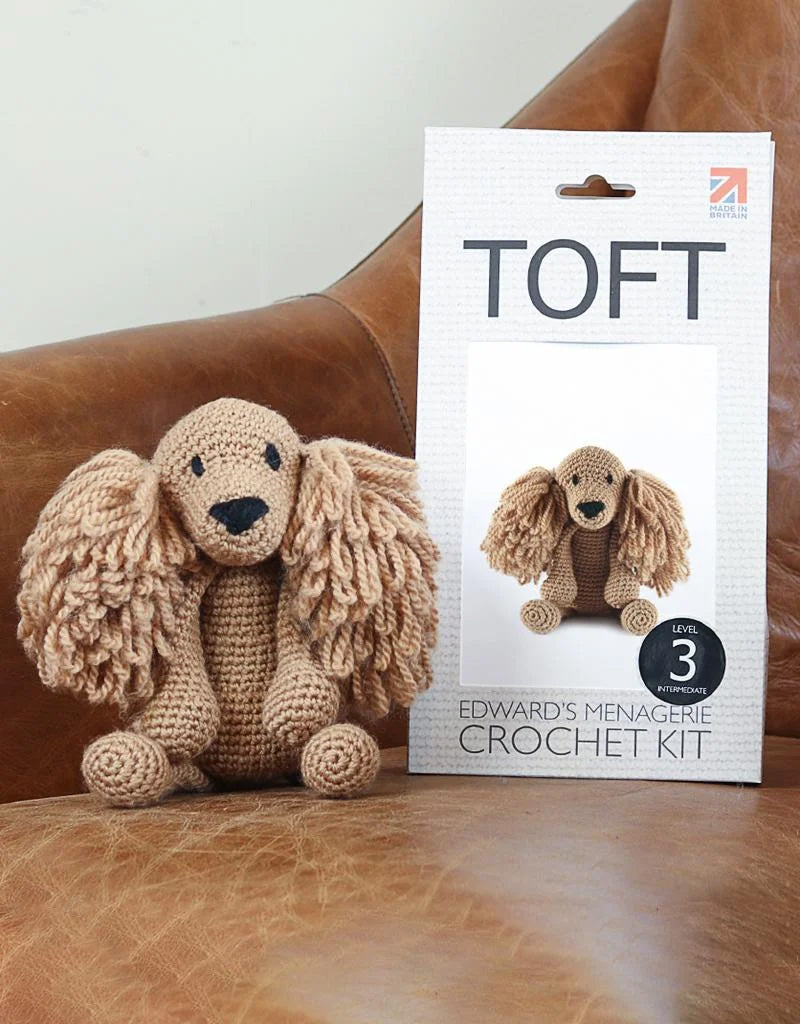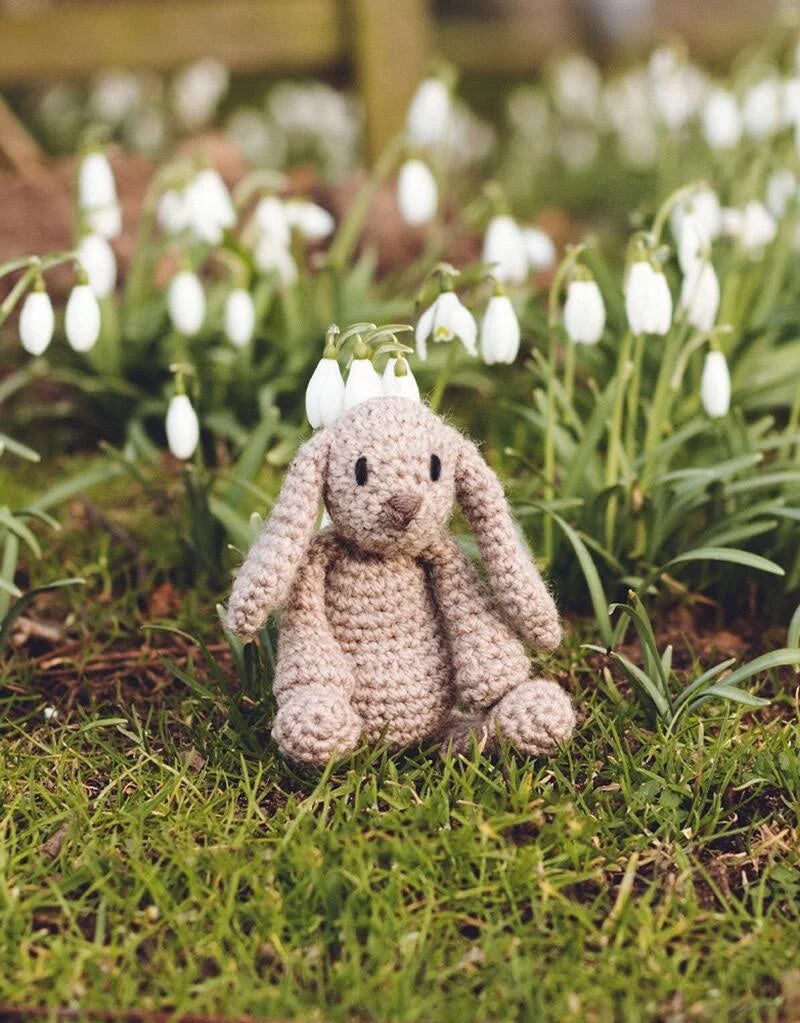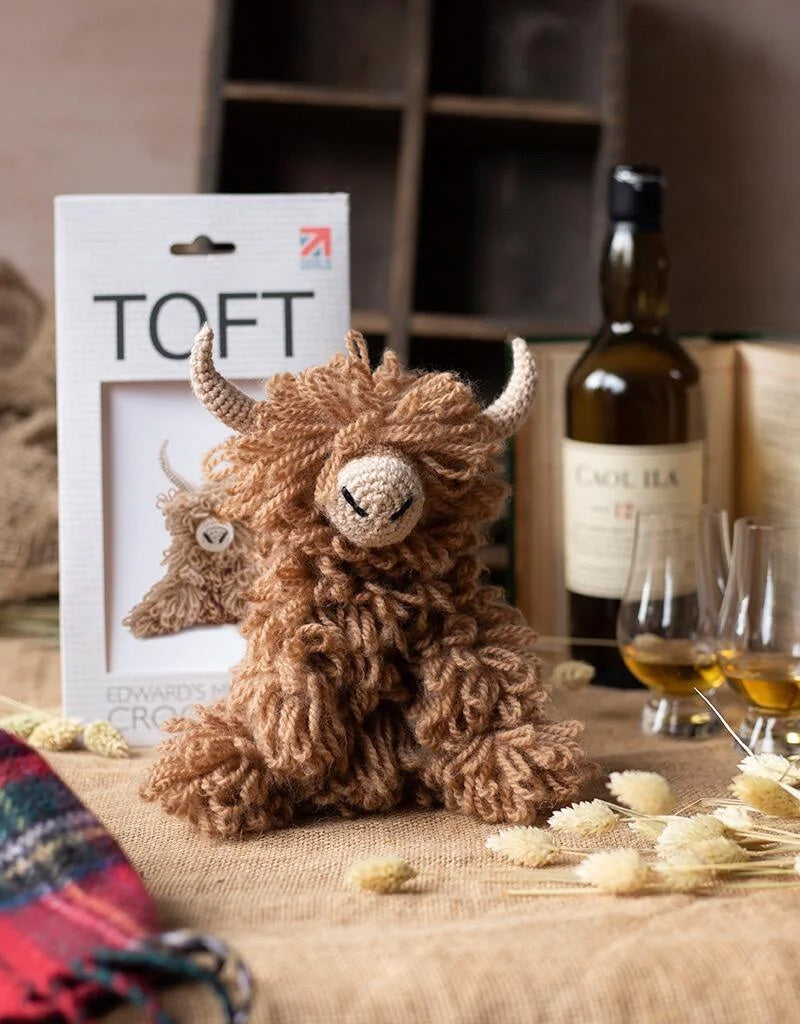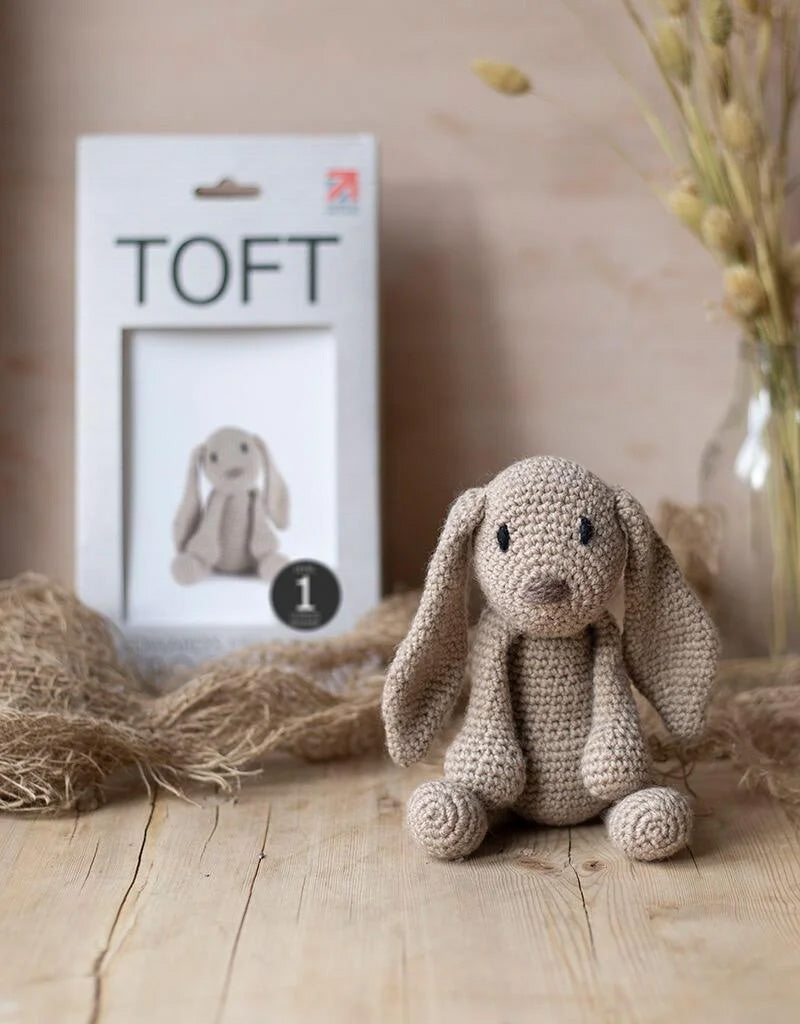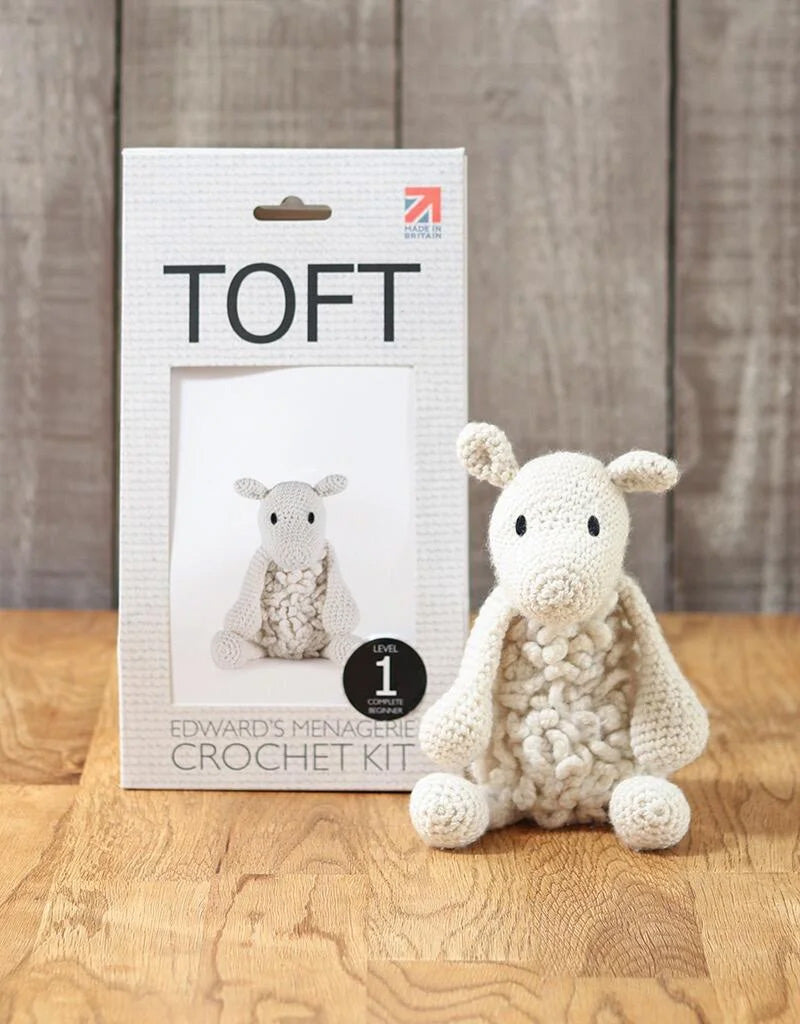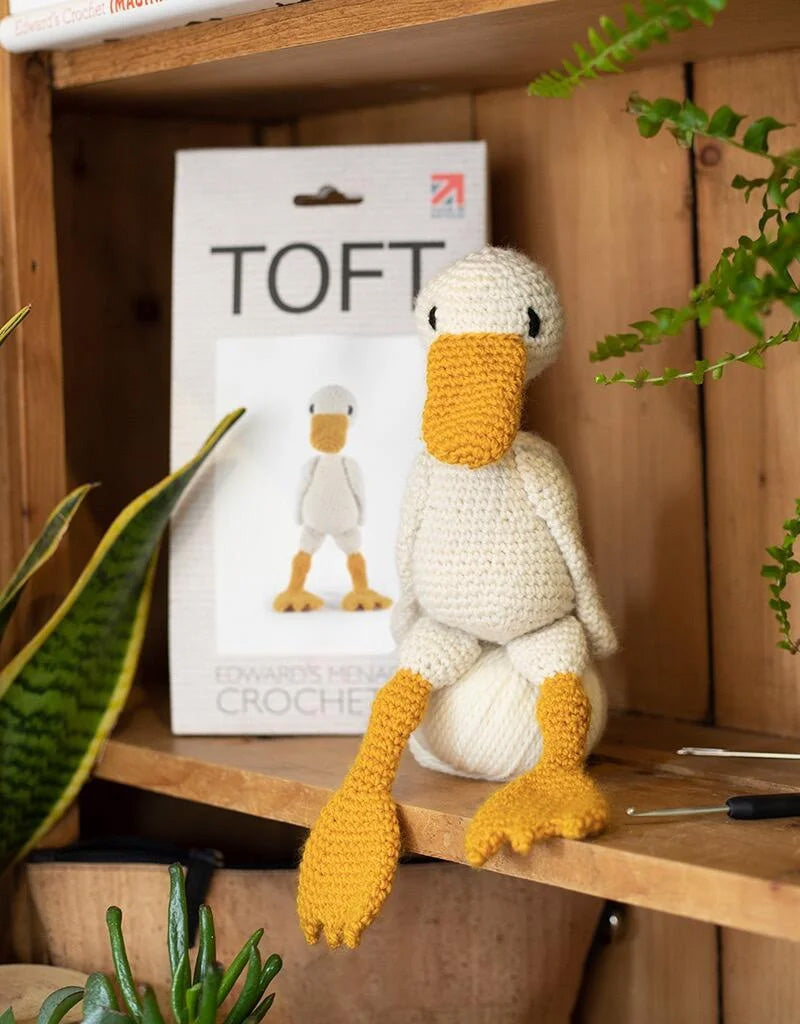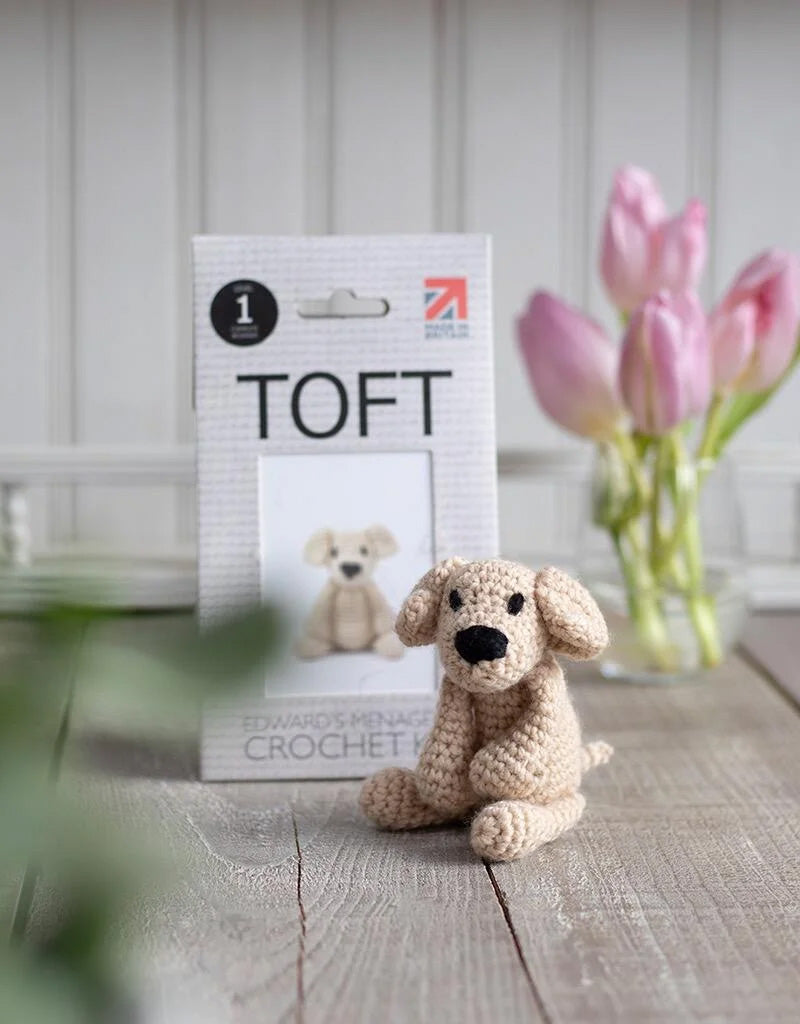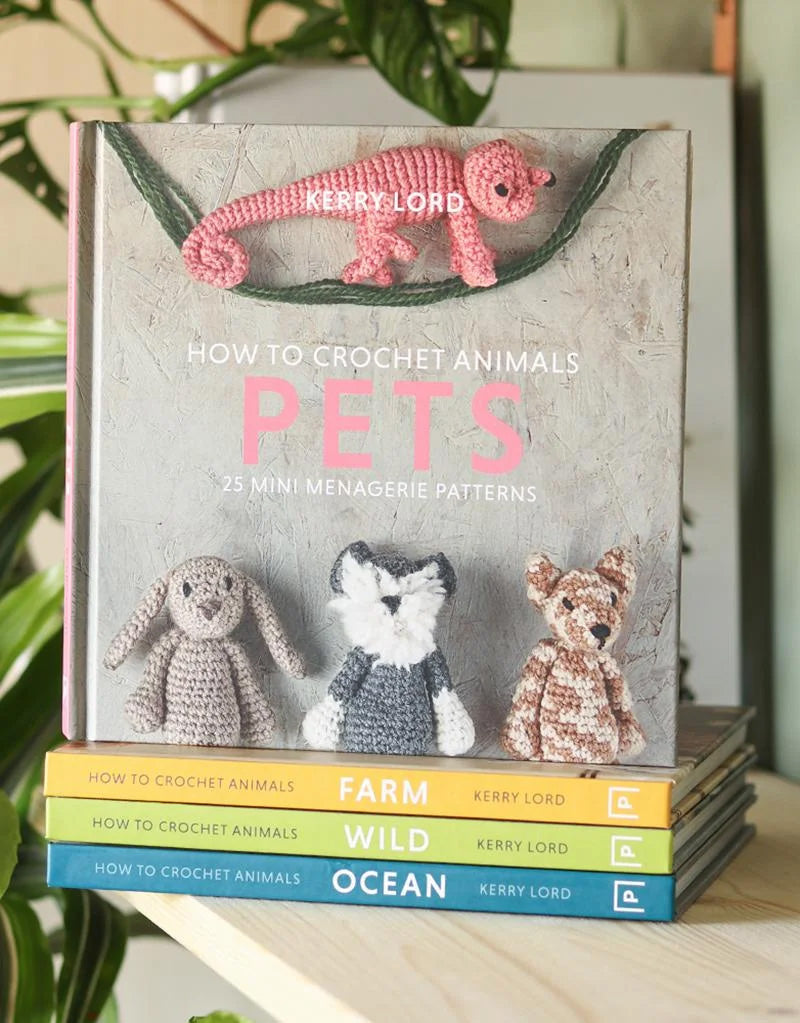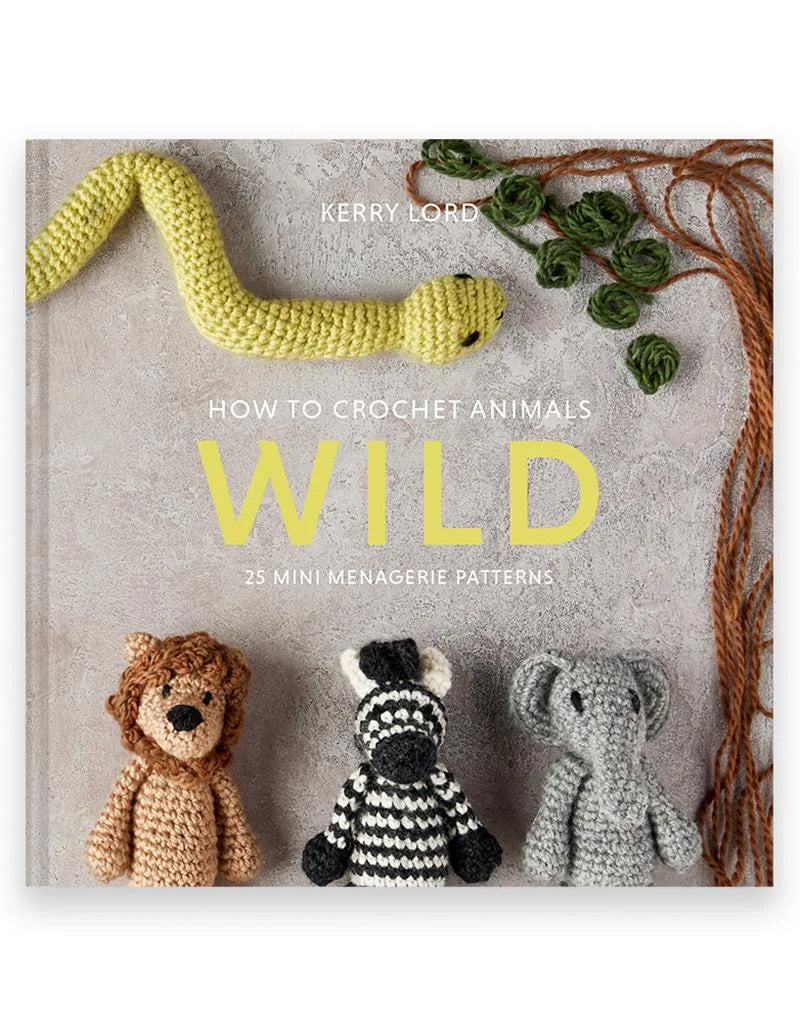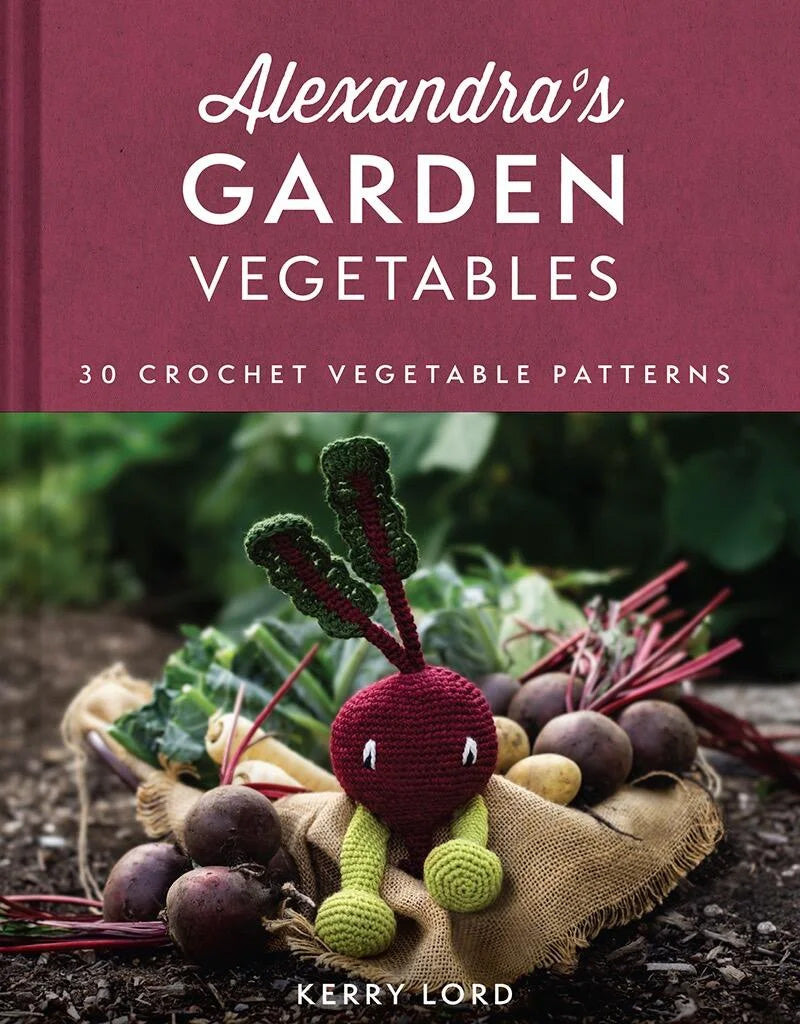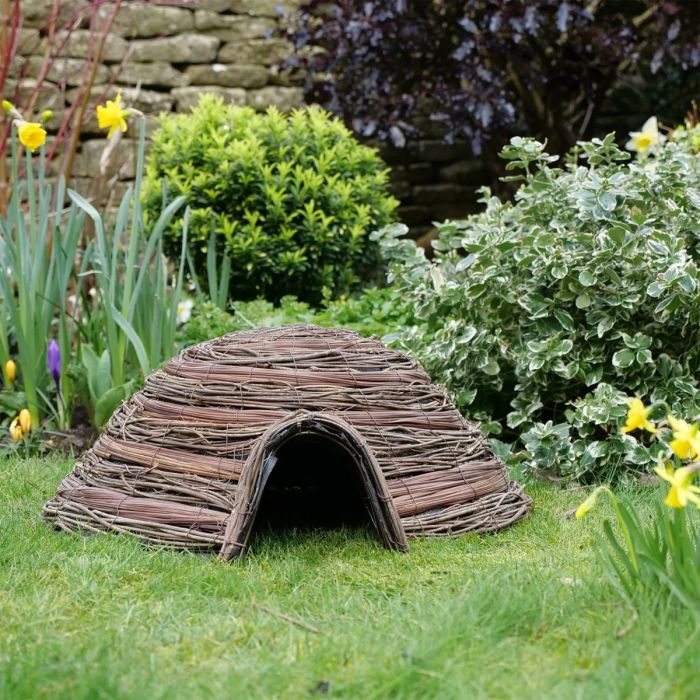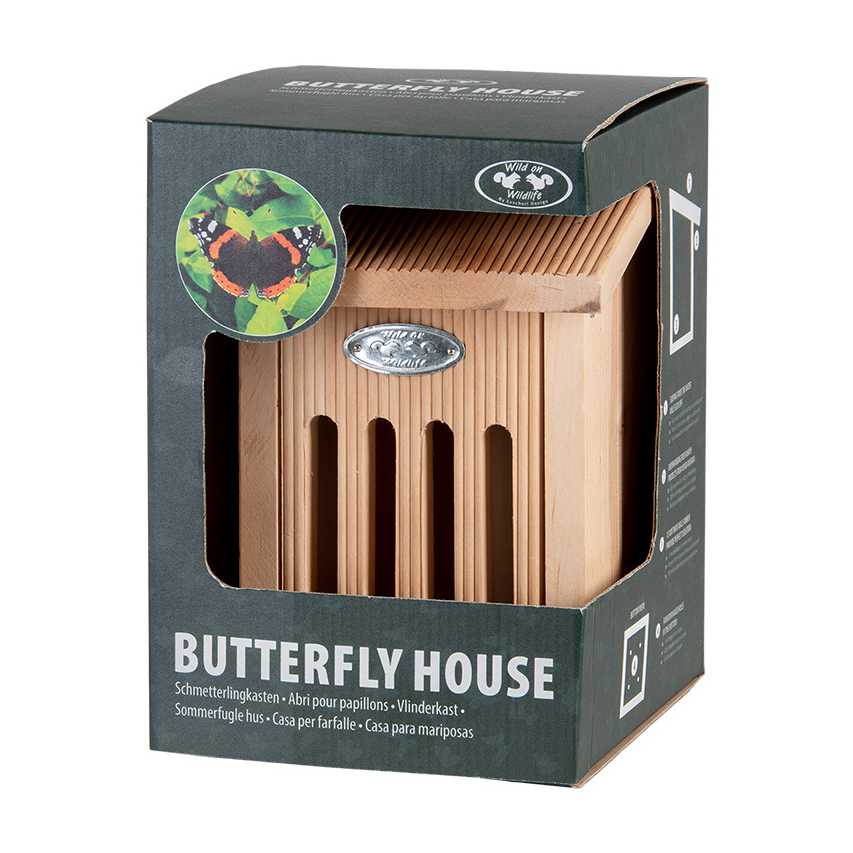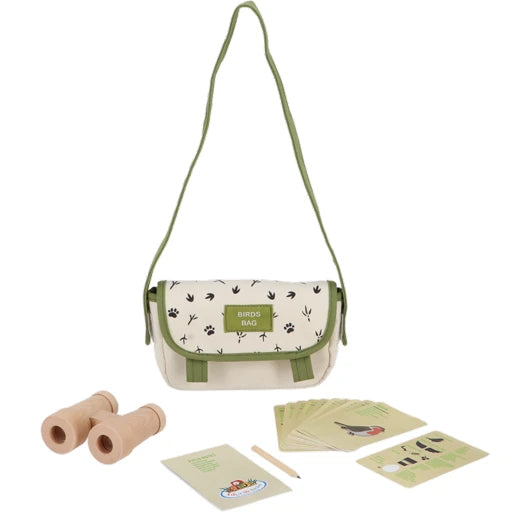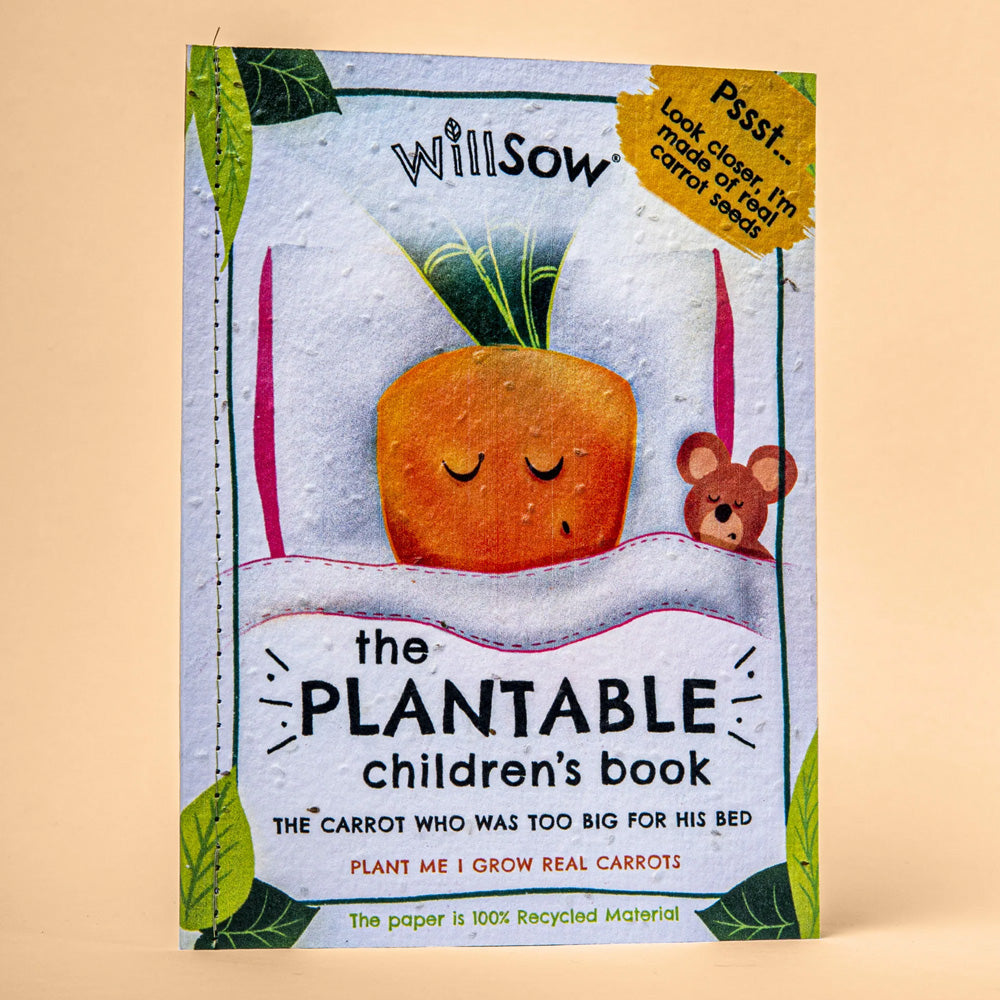Wood Pigeon
Woodpigeons, also known as Columba palumbus, are a common sight in the UK, with their distinctive cooing calls and elegant flight patterns. These wild birds are an important part of the UK’s ecosystem, but they are also facing challenges that have led to their status as a protected and endangered species.
Habitat: Woodpigeons can be found throughout the UK, from woodlands and forests to parks and gardens. They are adaptable birds that can thrive in a variety of habitats, as long as there is enough food and suitable nesting sites available. Woodpigeons are often seen in urban areas, where they can feed on seeds, grains, and other food sources provided by humans.
Migration: While some woodpigeons are resident in the UK year-round, others are migratory birds that travel to warmer climates during the winter months. These migratory birds can travel long distances, crossing over the English Channel to reach their wintering grounds in southern Europe and North Africa. Migration is a challenging time for woodpigeons, as they must navigate unfamiliar territories and face threats such as predators and adverse weather conditions.
Nest: Woodpigeons build their nests in trees, shrubs, and other elevated locations. Their nests are made of twigs, leaves, and other plant materials, and are often lined with feathers for insulation. Woodpigeons are monogamous birds that mate for life, and both parents take turns incubating the eggs and caring for the young. The female woodpigeon typically lays two eggs per clutch, which hatch after about 17 days.
Plumage and Colours: Woodpigeons have a distinctive plumage that consists of shades of grey, green, and white. Their feathers are soft and smooth, with iridescent patches on the neck and wings. The male woodpigeon is slightly larger and more brightly coloured than the female, with a pinkish hue on the breast and a white band on the neck. Juvenile woodpigeons have a more muted colouration, with brownish-grey feathers that help them blend in with their surroundings.
Beak: The beak of a woodpigeon is short and stout, with a curved tip that is well-suited for cracking open seeds and grains. Woodpigeons have a keen sense of smell and can detect food sources from a distance, using their beaks to pick up small items such as berries, insects, and grains. The beak of a woodpigeon is also used for preening and grooming, as well as for building and maintaining their nests.
Diet: Woodpigeons are primarily herbivorous birds that feed on a variety of plant materials, including seeds, grains, fruits, and leaves. They are often seen foraging on the ground or in trees, using their beaks to pick up food items and their feet to hold onto branches. Woodpigeons are opportunistic feeders that will take advantage of food sources provided by humans, such as bird feeders and agricultural crops.
Feathers: The feathers of a woodpigeon are an important adaptation that helps them survive in their natural habitat. Their feathers provide insulation against the cold and protection from predators, as well as aiding in flight and communication. Woodpigeons molt their feathers periodically, replacing old and worn-out feathers with new ones that are stronger and more vibrant in colour.
In conclusion, woodpigeons are fascinating birds that play a vital role in the UK’s ecosystem. Their wild nature and beautiful plumage make them a joy to observe in their natural habitat, but their status as an endangered and protected species highlights the need for conservation efforts to ensure their survival for future generations to enjoy.
Habitat: Woodpigeons can be found throughout the UK, from woodlands and forests to parks and gardens. They are adaptable birds that can thrive in a variety of habitats, as long as there is enough food and suitable nesting sites available. Woodpigeons are often seen in urban areas, where they can feed on seeds, grains, and other food sources provided by humans.
Migration: While some woodpigeons are resident in the UK year-round, others are migratory birds that travel to warmer climates during the winter months. These migratory birds can travel long distances, crossing over the English Channel to reach their wintering grounds in southern Europe and North Africa. Migration is a challenging time for woodpigeons, as they must navigate unfamiliar territories and face threats such as predators and adverse weather conditions.
Nest: Woodpigeons build their nests in trees, shrubs, and other elevated locations. Their nests are made of twigs, leaves, and other plant materials, and are often lined with feathers for insulation. Woodpigeons are monogamous birds that mate for life, and both parents take turns incubating the eggs and caring for the young. The female woodpigeon typically lays two eggs per clutch, which hatch after about 17 days.
Plumage and Colours: Woodpigeons have a distinctive plumage that consists of shades of grey, green, and white. Their feathers are soft and smooth, with iridescent patches on the neck and wings. The male woodpigeon is slightly larger and more brightly coloured than the female, with a pinkish hue on the breast and a white band on the neck. Juvenile woodpigeons have a more muted colouration, with brownish-grey feathers that help them blend in with their surroundings.
Beak: The beak of a woodpigeon is short and stout, with a curved tip that is well-suited for cracking open seeds and grains. Woodpigeons have a keen sense of smell and can detect food sources from a distance, using their beaks to pick up small items such as berries, insects, and grains. The beak of a woodpigeon is also used for preening and grooming, as well as for building and maintaining their nests.
Diet: Woodpigeons are primarily herbivorous birds that feed on a variety of plant materials, including seeds, grains, fruits, and leaves. They are often seen foraging on the ground or in trees, using their beaks to pick up food items and their feet to hold onto branches. Woodpigeons are opportunistic feeders that will take advantage of food sources provided by humans, such as bird feeders and agricultural crops.
Feathers: The feathers of a woodpigeon are an important adaptation that helps them survive in their natural habitat. Their feathers provide insulation against the cold and protection from predators, as well as aiding in flight and communication. Woodpigeons molt their feathers periodically, replacing old and worn-out feathers with new ones that are stronger and more vibrant in colour.
In conclusion, woodpigeons are fascinating birds that play a vital role in the UK’s ecosystem. Their wild nature and beautiful plumage make them a joy to observe in their natural habitat, but their status as an endangered and protected species highlights the need for conservation efforts to ensure their survival for future generations to enjoy.


